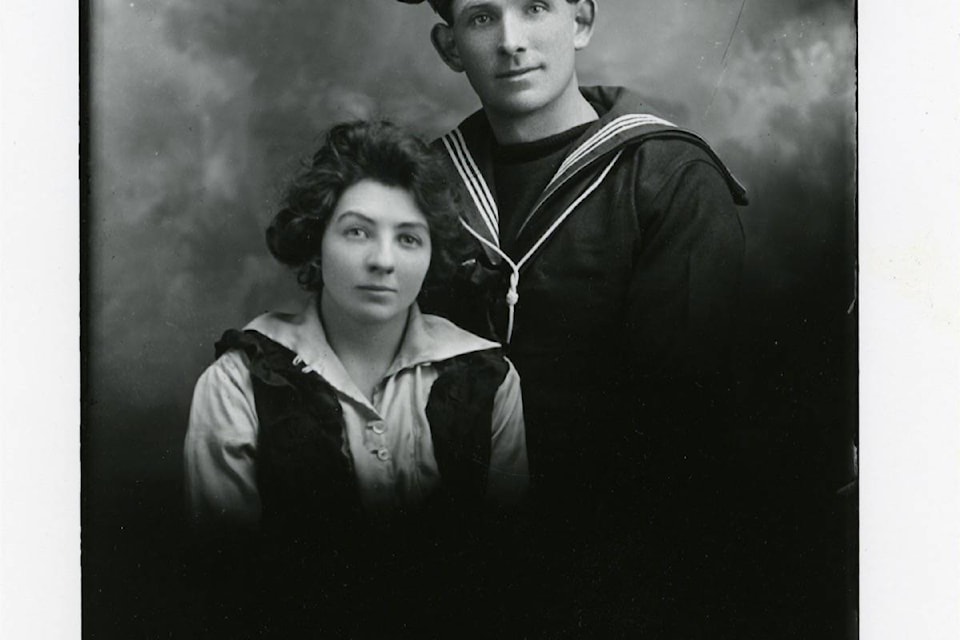Remembrance Day is an important annual event in Canada, occurring ever year on Nov. 11.
That is the date on which the First World War, one of the greatest cataclysms in world history, finally came to an end in 1918.
In the words of Veterans Affairs, Remembrance Day is a time to “honour those who have served Canada, past and present, in times of war, military conflict and peace.”
Special attention is always given to those who lost their lives while serving our nation. We also remember the large numbers who were wounded while in service.
What is often forgotten is that a great many others became ill while in service, physically and/or mentally.
When one remembers the horrific conditions under which people often served, as well as the very cramped spaces in which they were often squeezed, it is not surprising that widespread illness and disease were such a major problem during the wars.
The very first local person to die in the First World War was Francis Ross. He enlisted in the 35 Central Alberta Horse of the First Contingent.
On Dec. 5, 1914, he died while still in training in Great Britain of cerebrospinal meningitis, which developed after a severe bout of the flu and pneumonia.
Once the men were in the trenches along the Western Front, typhoid fever and trench foot became significant issues. Typhoid fever often develops in instances of highly unhygienic conditions, usually involving unclean water and contaminated food.
Trench foot is a medical condition that develops after prolonged exposure to unsanitary, wet and/or cold conditions.
Typhoid could be controlled by means of preventative inoculations. Trench foot could be avoided by keeping one’s feet dry and relatively warm. However, it was next to impossible in the muddy trenches to keep warm and dry, just as it was very difficult to ensure supplies of clean, safe water.
In the summer of 1916, there was an outbreak of typhoid fever at the military training camp at the Red Deer Fairgrounds.
Sgt. W.H. Addinell was one who died from the illness. An inspection of the camp’s water wells showed that they were in bad shape. There had also often been problems with sewage backing up under the sergeants’ dining hall.
By 1916, it was obvious that many injured veterans were returning home with wounds to their minds, then referred to as “shell shock,” now known as PTSD. Consequently, the Alberta Ladies College on Red Deer’s East Hill was purchased and converted into a special mental health hospital for veterans.
The death rate among the patients was high, as they were generally in very frail physical and mental health. Many are buried in the Red Deer Cemetery in very modest graves.
In the fall of 1918, veterans began coming home with one of the worst infectious diseases in modern times. This was the Spanish flu. It had reached epidemic proportions overseas, causing hundreds of thousands of deaths among the troops. Not surprisingly, this deadly illness soon spread to and across Canada.
The first case appeared in Red Deer on Oct. 23, 1918. While the flu pandemic seemed to ebb a bit in early November, it quickly intensified after the widespread public celebrations of the end of the war on Nov. 11.
By the late winter of 1919, the Spanish flu had claimed 54 lives in Red Deer and area. Some were returned veterans, but many more were civilians. Half as many local people died from the flu pandemic, as had died in the four years of the war (i.e., 118).
One who died in April 1919 was Thomas Hall. Before the war, he had been a farmer and then worked for the CNR. After enlistment, he served in the navy.
He fell ill with the flu a couple of hours after arriving in Red Deer on the train. He was therefore unable to head to his ultimate destination of his wife’s family’s farm (the Cochranes) at Alhambra.
He died in the Red Deer Hospital 72 hours later. He is buried in the Red Deer Cemetery.
This Remembrance Day, please also remember all those who suffered serious and sometimes fatal illness arising from their service to our nation.
Red Deer historian Michael Dawe’s column appears Wednesdays.
